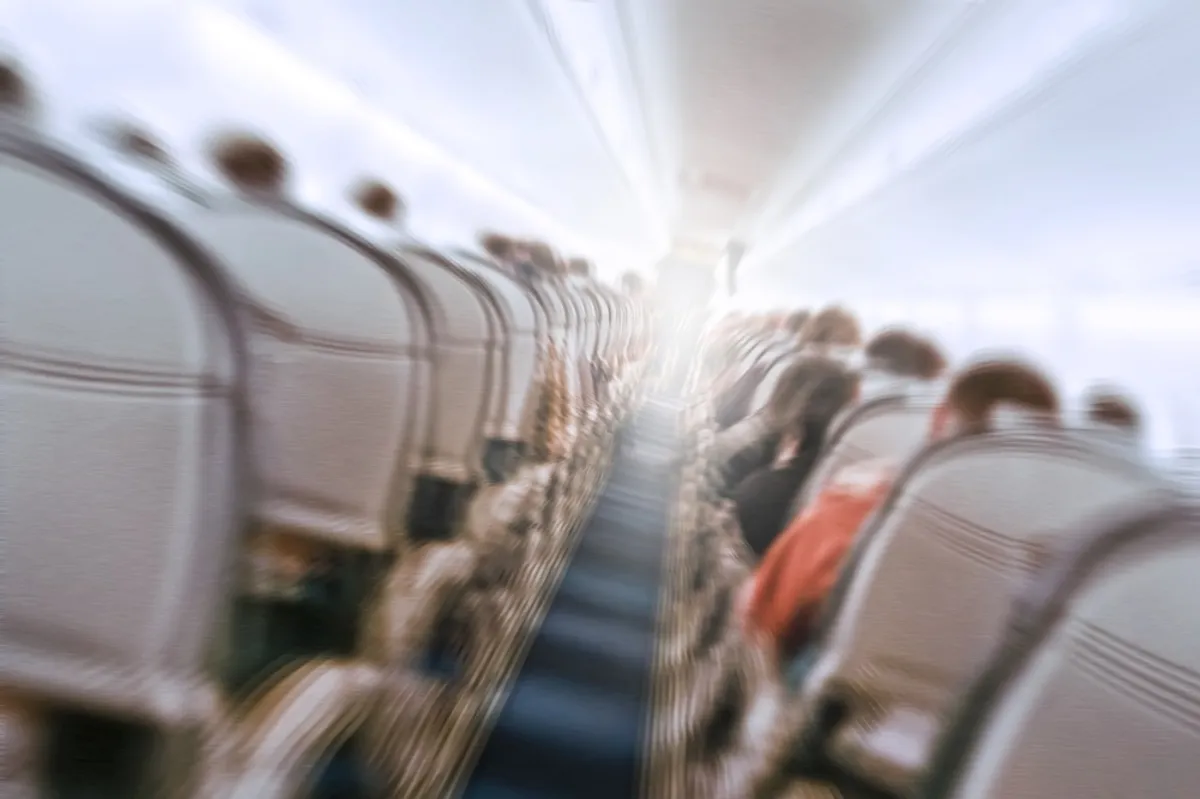
What is Turbulence?
Turbulence refers to irregular air movements that cause an aircraft to jolt or shake. It can occur due to:
- Jet streams (fast-moving air currents at high altitude)
- Thunderstorms and convective air currents
- Mountain waves (air disturbances over mountain ranges)
- Wake turbulence (air left behind by another aircraft)
Most turbulence is mild, but severe turbulence can cause abrupt shifts in altitude and acceleration, producing strong forces inside the cabin.
How Turbulence Leads to Spinal Injuries
Spinal injuries are uncommon in air travel but can occur during episodes of unexpected severe turbulence, especially when passengers or crew are unrestrained. The main mechanisms include:
- Direct impact injuries – Sudden vertical drops can lift unbelted passengers from their seats, causing them to land forcefully back onto the seat or hit the ceiling. The spine, especially the thoracic and lumbar regions, absorbs this impact.
- Whiplash type injuries – These can cause neck injuries if the aircraft is violently shaken from side to side. In extreme case, even neck dislocations are possible.
- Falls in the cabin – Standing passengers, such as those walking to the restroom or crew serving meals, can be thrown against hard surfaces, resulting in compression fractures or more severe spinal trauma.
- Luggage injuries – Overhead bins can open, causing heavy bags to fall on passengers, sometimes leading to neck fractures or head injuries.
Who Is at Higher Risk?
- Elderly passengers with osteoporosis or fragile bones
- People with pre-existing spinal conditions (degenerative disc disease, prior fractures, or existing cervical spinal stenosis)
- Pregnant women (higher risk of falls and back strain)
- Cabin crew, due to frequent movement during flights
Ways to Reduce the Risk of Spinal Injuries from Turbulence
For Passengers
- Wear your seatbelt at all times – Even when the seatbelt sign is off, keeping it fastened can protect against sudden jolts. It is better to wear it snug, rather than loose. This way, the passenger is less likely to be subjected to excessive movements.
- Choose safer seating positions – Seats over the wings tend to experience less motion compared to the tail section.
- Secure belongings properly – Avoid overloading overhead bins and stow heavy items under the seat in front.
- Limit unnecessary movement – Use the restroom and stretch when the seatbelt sign is off, but return promptly.
- Maintain good posture – Sit back in your seat with lumbar support if available to reduce stress on the spine.
- Wear a neck pillow – neck pillows limit excessive neck movements and can limit risk of whiplash injuries.
The Bottom Line
While severe turbulence is rare, it is the leading cause of in-flight injuries. Spinal injuries, though uncommon, can have lasting consequences, especially for vulnerable individuals. Simple measures – such as always wearing a seatbelt and minimizing movement – significantly reduce the risk. With increased awareness and better safety practices, both passengers and airlines can help make flying safer and more comfortable.

